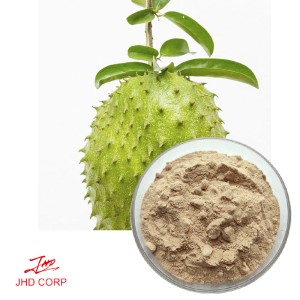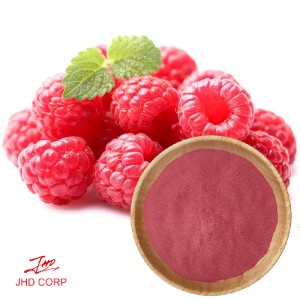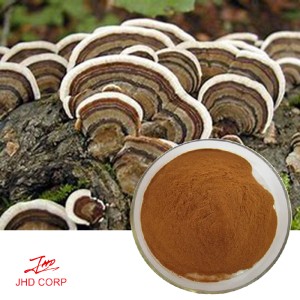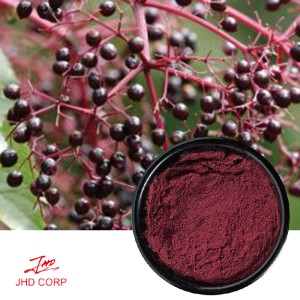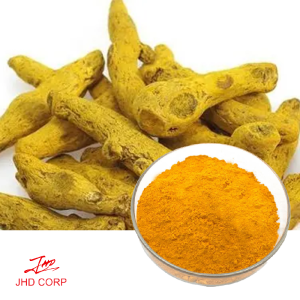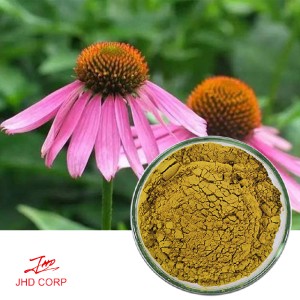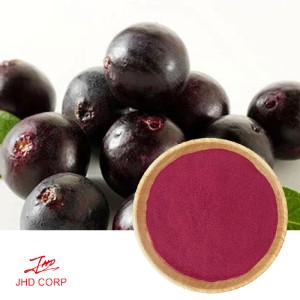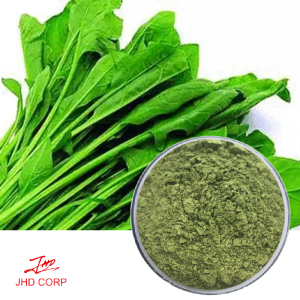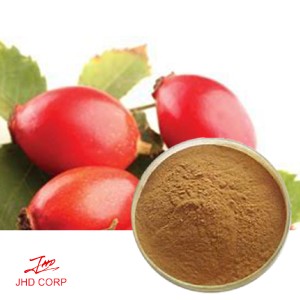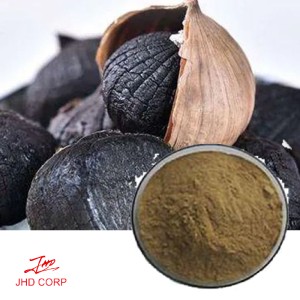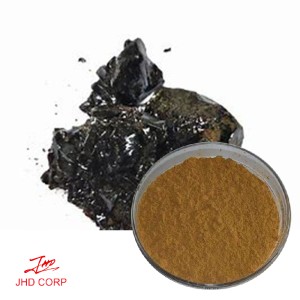Both are Sophora japonica extracts. What are the differences between rutin and quercetin?
Both rutin and quercetin have overlapping health-promoting properties, their distinct chemical structures and mechanisms of action make them suitable for different therapeutic applications.
Rutin and quercetin are both bioflavonoids found in the Sophora japonica extract, and they share some similarities in terms of their chemical structure and potential health benefits. However, there are also distinct differences between the two compounds that set them apart in terms of their properties and effects on the human body.
Chemically, rutin and quercetin are both classified as flavonols, which are a type of flavonoid. They are both known for their antioxidant properties, which means they can help neutralize harmful free radicals in the body and protect cells from damage. Additionally, both compounds have been studied for their potential anti-inflammatory, anti-cancer, and heart-protective effects.
One of the key differences between rutin and quercetin lies in their glycoside structures. Sophora japonica extract rutin is composed of the flavonol quercetin and the disaccharide rutinose, while quercetin is an aglycone, meaning it does not have any sugar molecules attached. This structural dissimilarity can impact their absorption and bioavailability in the body.
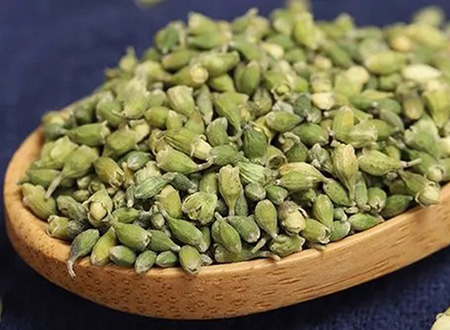
Regarding health benefits, rutin is often recognized for its role in supporting vascular health. It has been studied for its potential to strengthen blood vessels, reduce capillary permeability, and improve circulation. Rutin has also been investigated for its anti-inflammatory and anti-allergy properties, making it a potential treatment for conditions such as hay fever and allergic rhinitis.
On the other hand, quercetin is known for its diverse range of health benefits, including its potential to modulate immune function, inhibit the release of histamine (a compound involved in allergic reactions), and exert anti-cancer effects. Quercetin has also been studied for its ability to support cardiovascular health by improving endothelial function and reducing the risk of atherosclerosis.
While both rutin and quercetin have overlapping health-promoting properties, their distinct chemical structures and mechanisms of action make them suitable for different therapeutic applications. Rutin's specific affinity for the vascular system makes it a valuable compound for conditions related to blood vessel health, while quercetin's broad spectrum of effects positions it as a versatile nutraceutical with potential applications in immune support, allergy management, and cardiovascular health.
In conclusion, Sophora japonica extracts rutin and quercetin are two bioflavonoids derived from Sophora japonica that share some common features but also exhibit notable differences in their chemical structures and biological activities. Understanding these distinctions is crucial for harnessing the unique potential of each compound in promoting human health and well-being.



